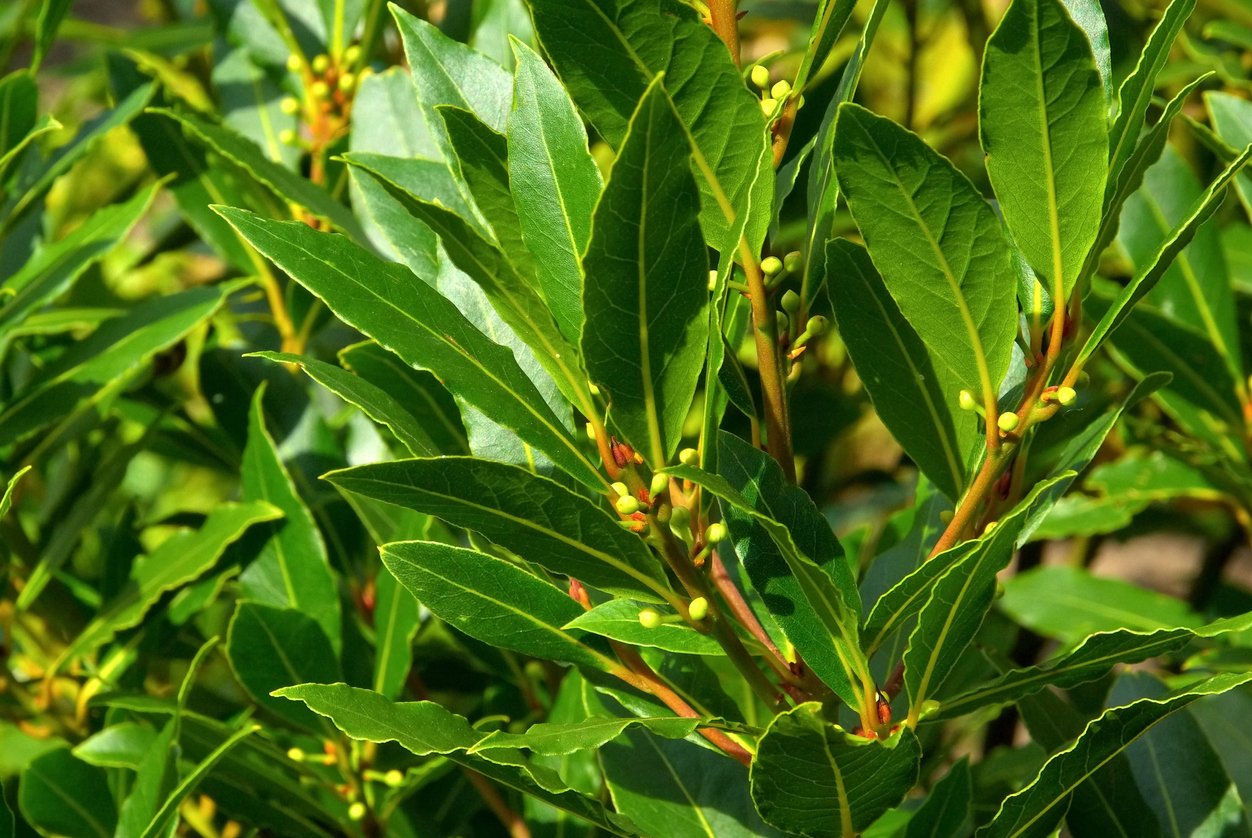I’ll tell you my story. Despite growing up in a very garden-centric home, I used to hate gardening. Like HATE. I hated working under the heat and with stupid sandy soil; I hated the dirt, the dead plants, the insects and the fire ants. I was relieved and happy to let my dad do it. Then, about two-three years ago, I realized my depression was going out of hand and I needed a new coping technique if I wanted to be back to normal. That’s when gardening entered the picture and so did Angela, my very first Aloe plant.
Caring for plants has made me inadvertently feel as if I have accomplished something great. I started appreciating it more when I learned that gardening has its place in the Bible.
If you take a look at Genesis 2:15, “The Lord God took the man and put him in the Garden of Eden to work it and take care of it,” you can identify believers’ duty in conserving the “wild nature.” Similarly, the word “dominion” in the Bible was interpreted as “stewardship” by many Christian ecologists. However, Biblical scriptures tell us that the garden was not just a serene setting, but also a place that depicted divine judgment of sin and the gut-wrenching troubles of the Israelites.
It’s no surprise that the plants and flowers that were mentioned throughout the Bible are used today as illustrations for teaching spiritual truths. So, let’s start with the apricot tree!
Apricot Tree

“Like an apricot tree among the trees of the forest,so is my love among the young men.I delight to sit in his shade,and his fruit is sweet to my taste.”
– From Song of Songs 2:3
“Who is this coming up from the wilderness,leaning on the one she loves? I awakened you under the apricot tree. There your mother conceived you;there she conceived and gave you birth.”
– From Song of Songs 8:5
There was a time when Biblical botanical plant geeks would debate on the fact that the forbidden fruit in the Bible was actually an apricot. In the east, the fruit is still known as the “apple of gold.”
Bay Tree
 Also known as laurus nobilis, the bay tree has been a beloved tree for centuries. Native to the Mediterranean region, this evergreen tree is easily distinguished by green and glabrous smooth leaves. Its aromatic leaves are used in the culinary world and even employed in various medicines.
Also known as laurus nobilis, the bay tree has been a beloved tree for centuries. Native to the Mediterranean region, this evergreen tree is easily distinguished by green and glabrous smooth leaves. Its aromatic leaves are used in the culinary world and even employed in various medicines.
In some Biblical stories, this tree was considered as a symbol of fame, posterity and wealth and as per Christian tradition, it also represents the resurrection of Jesus Christ.
According to Bible experts, dried laurel berries and their leaves were used as spices and seasoning for soups and stocks, while the wood was burnt to give off a strong smoke flavoring.
However, the bay tree can also be seen as a kind of prosperous sinner because of its mention in Psalms 37:35: “I have seen the wicked in great power, and spreading himself like a green bay tree.”
Coriander
 Who would have thought that coriander was mentioned in the Holy Scriptures?
Who would have thought that coriander was mentioned in the Holy Scriptures?
Also known as cilantro or Chinese parsley in some areas, coriander is a common herb or spice that’s used to flavor dishes. Originating form the coriandrum sativum plant species, coriander leaves are said to be packed with vitamin K, which plays a huge role in bone repair. The same goes for ground coriander which is frequently used in Indian cuisine.
Here are the Bible verses where coriander is mentioned:
“The manna was like coriander seed and looked like resin.”
– From Numbers 11:7
“The people of Israel called the bread manna. It was white like coriander seed and tasted like wafers made with honey.”
– From Exodus 16:31





